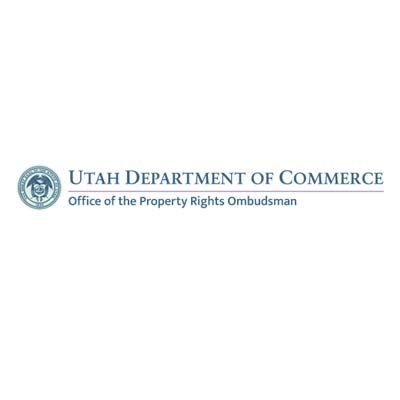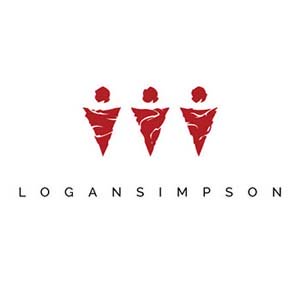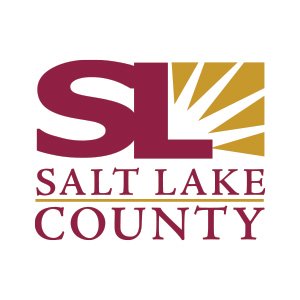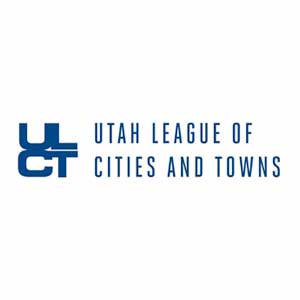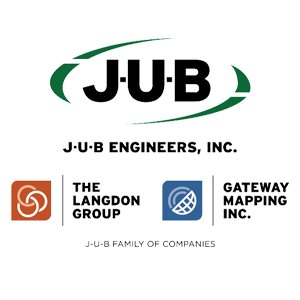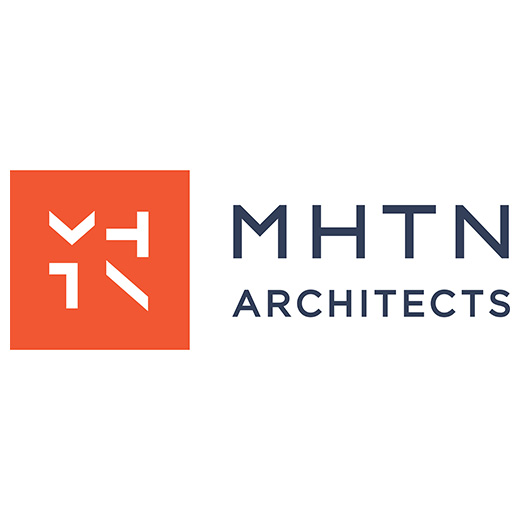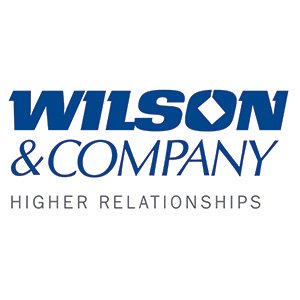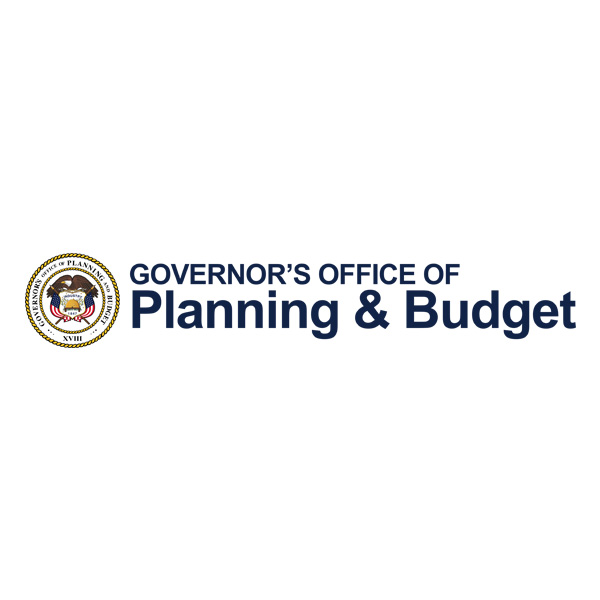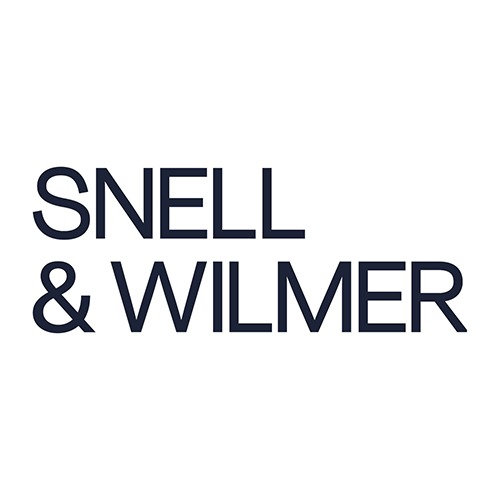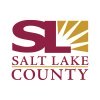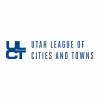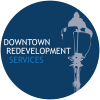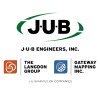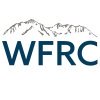SRF Presents: Signs of Equity
Did you know that local sign ordinances can advance or deter equity in your community?
For example, in Brooklyn, NY, “Old School” large lettering and repetition generates a sense of inclusivity and openness, while brevity, wordplay and other linguistic elements of gentrifying “New School” signage signal exclusion.
Join the authors of What the Signs Say on Tuesday, October 25 for this insightful and FREE session that will also earn you 1 CM Equity Credit.
Register for “Signs of Equity” Now
Price: $0.00 member; $0.00 non-member
CM: 1 CM Equity Credit
![]()
The authors of What the Signs Say include Edward Snajdr, John Jay College, CUNY, and Shonna Trinch, John Jay College, CUNY.
Presenters on this webinar also include James Carpentier, ISA; Sapna Budev, ISA; and Dawn Jourdan, University of Maryland.
This session will analyze these two critically different types of local retail signage (“Old School” and “New School”) to help planners and local officials examine how sign regulations may contribute to inequity and exclusions. It will incorporate ethnographic observation, interviews and storefront texts from Brooklyn, New York, to discover signage models and methods that ensure equity, diversity and inclusion.
Questions? Contact education@signs.org
BONUS! Use the code 15FRIENDS for 30% off your purchase of What the Signs Say.

Recorded Webinars
SRF Presents: Saving Historic & Vintage Signs – Best Practices Regulating These Community Icons
Historic and vintage signs can rekindle fond memories of the past, transporting us to a time and place when nearly all businesses were locally-owned shops on Main Street, USA. Today, these signs represent a one-of-a-kind piece of nostalgia and art, as vivid as a neon landmark.
In this interactive webinar you will learn how a variety of jurisdictions regulate and promote the restoration of these iconic community signs. In addition, you will learn how historic signs can promote tourism and enhance economic development. You will also receive the Sign Research Foundation’s new resource on Saving Historic & Vintage Signs, which provides best practices from the communities featured in the presentation.
Speakers include Dan Bursuck, AICP planner, City of Tucson AZ; Anthony Riederer, AICP, Senior Design and Preservation Planner for Clackamas County OR, and James Carpentier, AICP, Director of Local & State Government Affairs, International Sign Association
SRF Presents: Smart Cities, Smarter Signage | Regulating Tomorrow’s Tech
The design and development of new sign types accompanying the evolution of the “smart city” creates new challenges for communities to ensure regulatory and privacy concerns are proactively addressed. Join this session to better understand the development of smart cities across the globe and to appreciate the importance of citizen participation and social equity in developing policies which will govern technologies currently being integrated and in development.
The presenters, Deacon Wardlow and Dawn Jourdan, esq., Ph.D., are co-authors of the recently published report, Smart Signage and Smart Cities: Regulating New Tech. They have chronicled emerging technologies that will shape signage and wayfinding in the near future and provide guidance to the approach cities should take to ready themselves for the role of signs in the future. Their presentation includes guidance for communities integrating smart technologies with their sign ordinances.
SRF Presents: Urban Wayfinding Planning and Implementation Manual Webinars
The Sign Research Foundation (SRF) just released a newly updated Urban Wayfinding Planning and Implementation Manual. This comprehensive guide to urban wayfinding, from planning to implementation, offers tips on financing, design, regulatory issues and maintenance. Each of the chapters now includes the latest data and contains a “New Trends” section with updates from the past seven years.
Part 1: Planning – Webinar Recording
This first webinar in the series delves into important aspects of successful wayfinding programs, including strong planner and public official leadership. Topics include financing, stakeholder management and regulatory management. The lecture was led by design and administrative professionals (Craig Berger, FIT and Craig Berger Management Consulting; John Bosio, Principal at Merje; George Lim, Principal Partner/Creative Director Tangram Design) and also included a discussion on proactive techniques for project leadership.
Part 2: Design – Webinar Recording
This second webinar in the series focused on the design elements and trends represented in the manual and was tailored for designers. Cities and Regions are undertaking large structural changes with short term crisis reinforcing long term economic and social trends. A few leading trends impacting wayfinding include the expansion of trail and regional park projects, digital technologies and multi-modal expansion. The lecture was led by design and administrative professionals (Keith Helmetag, C&G Partners; Adrian Bell, Applied Wayfinding).
Part 3: Fabrication – Webinar Recording
This webinar focused on the material and fabrication process represented in the manual and was tailored for fabricators. Signs in outdoor environments need to be tough to withstand the physical environment and everyday wear and tear. This program encompassed the material, fabrication and maintenance approaches that can extend the life of a sign and make it easier to change and update.
Part 4: Case Study – Webinar Recording
This webinar is an all-encompassing overview of how an urban wayfinding project comes to fruition from start to finish and how each of the players is involved in that success. Planners, designers, and fabricators will all find relevant information to their job functions in this session.


